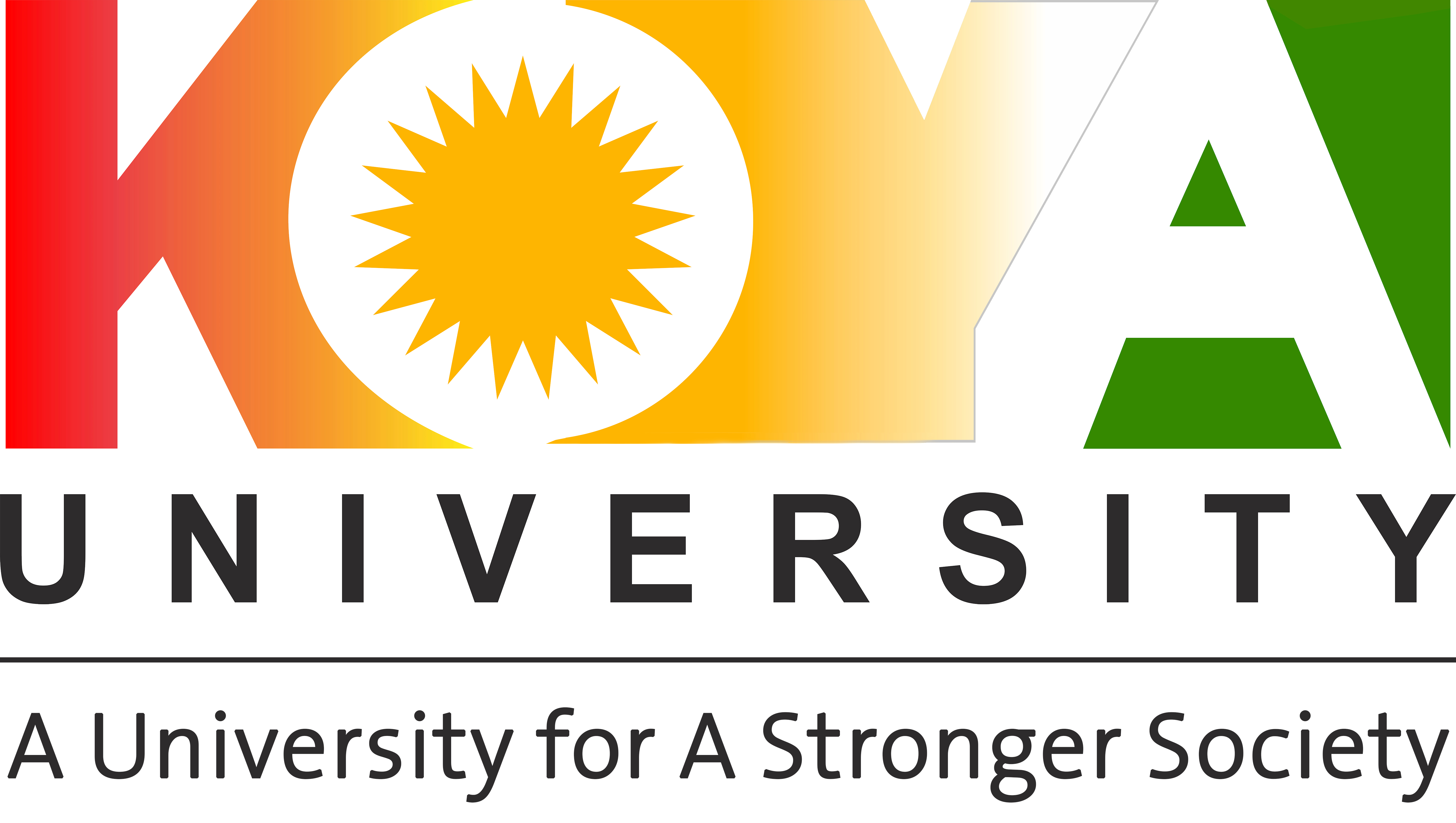Dr Halgurd S. Maghdid a member of academic staff in the department of software engineering/faculty of Engineering has published two research papers in a high ranked impact factor journal. The title of the first one is” Indoor human tracking mechanism using an integrated onboard smartphones Wi-Fi device and inertial sensors”.
The most outcomes of it were finding the place of mobile users indoors where GNSS System does not work and using a modern technique, which is new and it is not used before (Integrating WiFi and onboard sensors on the smartphones using Kalman Filter). The abstract of the paper confirms In indoor/outdoor environments, special cares need to be given to locating smartphones which are used by most of the people. Locating or tracking is valuable for those people who are in dangerous falling-situations or they are used for shopping and billing services, inside the buildings. This tracking system needs a new positioning mechanism to offer very accurate services to special need people.
To this end, this paper presents a hybrid mechanism to locate indoors smartphones; specifically, Wi-Fi access-points signals are available. The proposed mechanism incorporates onboard Wi-Fi and sensor devices including gyroscopes and accelerometers to provide accurate indoor smartphone positioning. This paper proposes an integrated approach to offer indoor smartphone positioning.
The purpose of the integrated approach is to fuse multi-technologies measurements on smartphones. The mechanism uses proximity-level (based on received-signal-strength ‘RSS’ measurement) technique between the smartphone and Wi-Fi access-points, which they exist in the vicinity. Then it combines this proximity measurement with uncertainty calculations from onboard dead-reckoning measurements using Extended-Kalman filter, which can provide seamless, low cost, and improve location accuracy significantly, especially when deep indoor. This means, in deep indoor, the approach can utilize only a single Wi-Fi access-points signals as well as using prior-estimate positions based on artificial conditions. The results from different trial experiments (using Android-based smartphones) show that around 2.5-m positioning accuracy can be obtained.
This research has a temporary impact on Kurdistan questions. This technique can be used in modern markets, hospitals, and airports, especially for foreigners and Kurdistan visitors that do not know where to go.
The co-authors of this paper are Safar Maghdid Asaad, Halgurd S. Maghdid, Sherko R. HmaSalah, Kayhan Z. Ghafoor, Ali Safaa Sadiq, and Suleman Khan.
The cost of the paper was $500 American Dollars. It is useful for computer, Wireless and Sensors Technologies users.
The name of the journal is Telecommunications Systems – Springer.
The link for the article is click here. It published in October 2018 in Telecommunication Systems / DOI: 10.1007/s11235-018-0517-2.
This journal is listed in |Thomson Router and the impact factor is 1.557. This journal is one of the top 12% of the world in the field of computer engineering science.
The second paper is entitled “Web News Mining Using New Features: A Comparative Study”. The reason behind choosing this topic was the recent necessity of professional websites that categorise the different news carefully and clearly.
The main conclusions of this paper were finding and using new techniques that used for the first time such as (Deep Learning for web news classification). The abstract of this paper claims that Web-based applications are a well-known platform to exchange information between Internet-users. However, in this modern world, the processing of huge information or Big-Data such as web news or web advertisement of product information through users is the main challenge.
In another side, such web applications are the most accessible media for users to get up-to-date information. Equally, these applications need huge computation in terms of space and times as well as they are draining the battery power of the users’ mobile devices. Therefore, one of the solutions to mitigate these challenges is to mine or extract specific information based on specific features. Further, the features will be the user’s behavioural or retrieved information from different sources.
This article aims to design and carry out a web application to extract news information using new features such as geolocation and time information as well as shows a comparative study on three different mining techniques. The application can run on different devices including Laptops, Smartphones and Tablets devices as well as the application can retrieve information features accordingly.
Then this obtained information could be used as a basis for starting or as input for the data-mining techniques including K-Nearest-Neighbor (k-NN), decision tree and deep-learning recurrent neural network ( such as Long Short-Term Memory ‘LSTM’). These techniques are implemented separately and they are compared in terms of time/space complexity and classification accuracy. The obtained results showed that the mining accuracy via k-NN is the worst one (~85%) and takes huge time, while the mining accuracy through using LSTM is the best one and its accuracy around (~94%) when location information is used.
This research has a temporary profession in Kurdistan questions in a condition that a team just like developed countries can collect a large amount of Kurdish news and apply the same technique on them.
The researches cost was $1750 a thousand and one hundred and fifty American Dollars. This paper will help users of computers and who work on news websites.
The article is published in IEEE ACCESS. You can go to this link click here Year: 2019, Volume: 7, Page s: 5626 – 5641. Fortunately, this journal is one of the Top 8% of the world in computer engineering science.
Dr Halgurd S. Maghdid
Title: Lecturer
Specialization: Wireless and Sensors Technologies
Published articles: 13 (7 journals and 6 conferences) total impact is 5.8
Published book: 1 (a part of a book)
Place of occupation: Department of Software Engineering – Faculty of Engineering – Koya University (KOU)
Please vist his TAP click here




